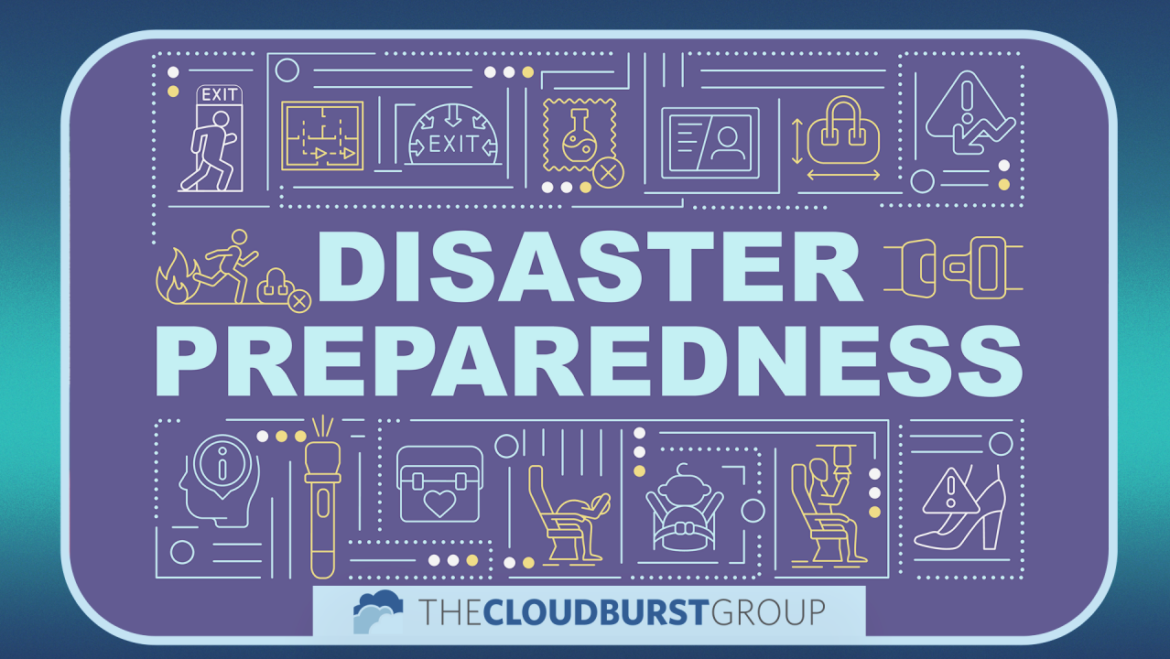As the frequency, severity, and rising costs of natural and human-made disasters increase, families must prioritize preparedness on a whole new level. Released in December 2023, FEMA’s National Preparedness Report called out climate change as a challenge for all levels of government, along with a warning from the 2022 National Household Survey on Disaster Preparedness, which found that just 43% of households surveyed indicated that they intend to prepare in the future but have not started yet, and that a full 14% of survey participants indicated they did not intend to prepare at all.
The NOAA National Centers for Environmental Information (NCEI)’s Report on Billion-Dollar Weather and Climate Disasters reinforces the need for immediate diligence, noting that “In 2023, there were 28 confirmed weather/climate disaster events with losses exceeding $1 billion each” in the United States.
In January 2024, FEMA announced that it is reforming its Individual Assistance program and expanding benefits for disaster survivors to cut red tape, provide funds faster, and give people more flexibility. This may alleviate some of the known challenges associated with FEMA. However, there is no substitute for preparation, so every one of us needs to make a plan.
Step 1: Put an emergency plan together by discussing the questions below with your family, friends, or household.
- How will I receive emergency alerts and warnings?
- What is my shelter plan?
- What is my evacuation route?
- What is my family/household communication plan?
- Do I need to update my emergency preparedness kit?
Step 2: Consider specific needs in your household.
As you prepare your plan, tailor your procedures and supplies to your specific daily living needs and responsibilities. Discuss how people can assist each other with communication, care of children, and business, pets, or specific needs like operating medical equipment. Create a personal network for specific areas where you need assistance. Consider how your family may experience a disaster with these elements in mind. Keep in mind some these factors when developing your plan:
- Ages of family members
- Responsibilities for assisting others
- Likely locations of family members
- Dietary needs
- Medical needs including prescriptions and equipment
- Disabilities or access and functional needs including devices and equipment
- Language supports
- Cultural and religious considerations
- Pets or service animals
- Households with school-aged children
Step 3: Create a Family Emergency Plan
The American Red Cross provides an emergency resource library containing tips for how to prepare for 23 different types of emergencies: https://www.redcross.org/get-help/how-to-prepare-for-emergencies/types-of-emergencies.html
Step 4: Practice your plan with your family or household
The American Red Cross also offers this helpful insight for practicing your plan with your family/household:
Practice evacuating your home twice a year. Grab your emergency kit, just like you will in a real emergency, then drive your planned evacuation route. Plot alternate routes on your map in case roads are impassable. Make sure you have locations and maps saved on devices such as cell phones and GPS units and on paper.
Together we can ensure that our families and communities are prepared for a disaster. Make your plan today!

